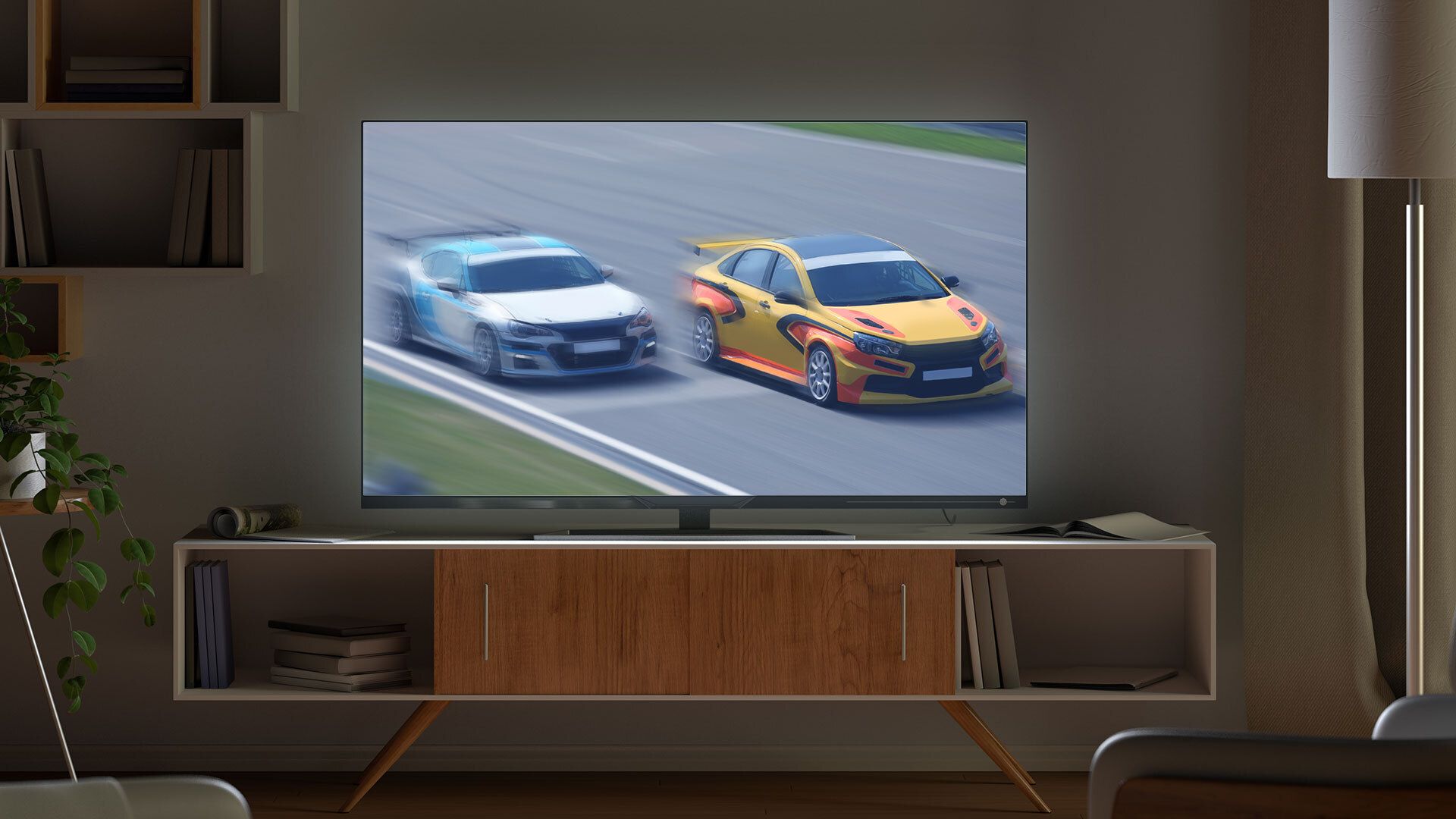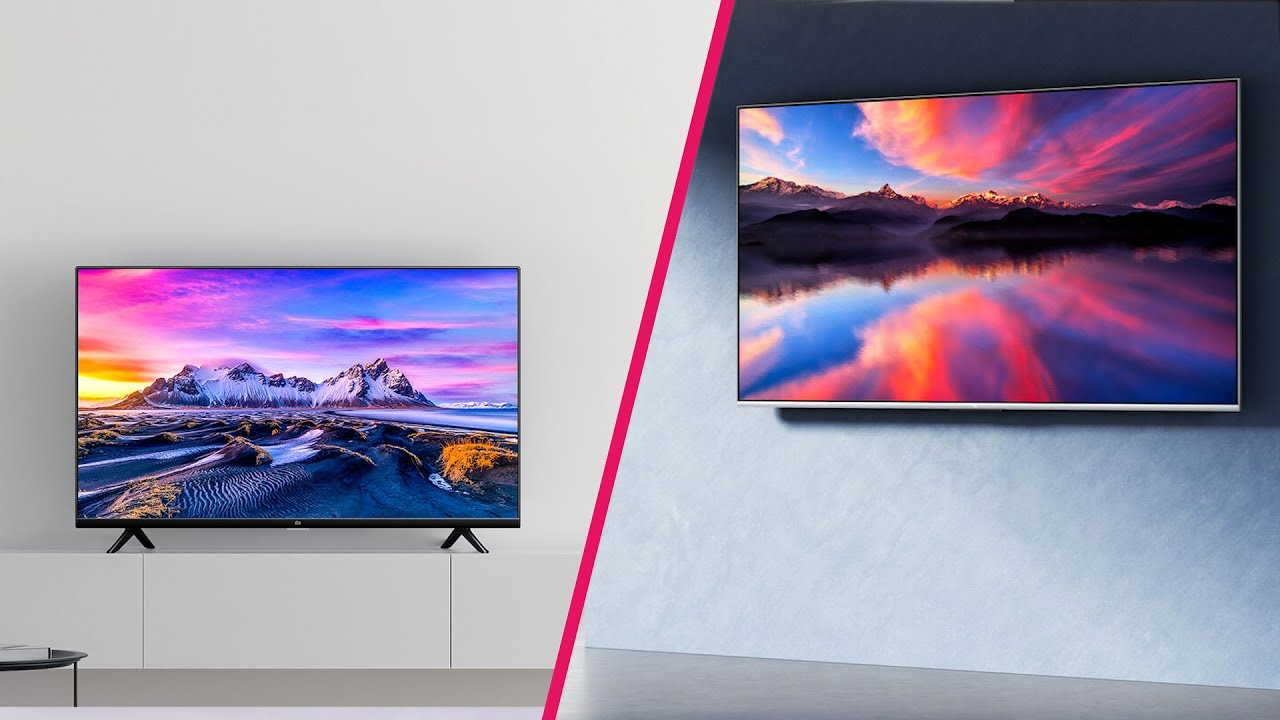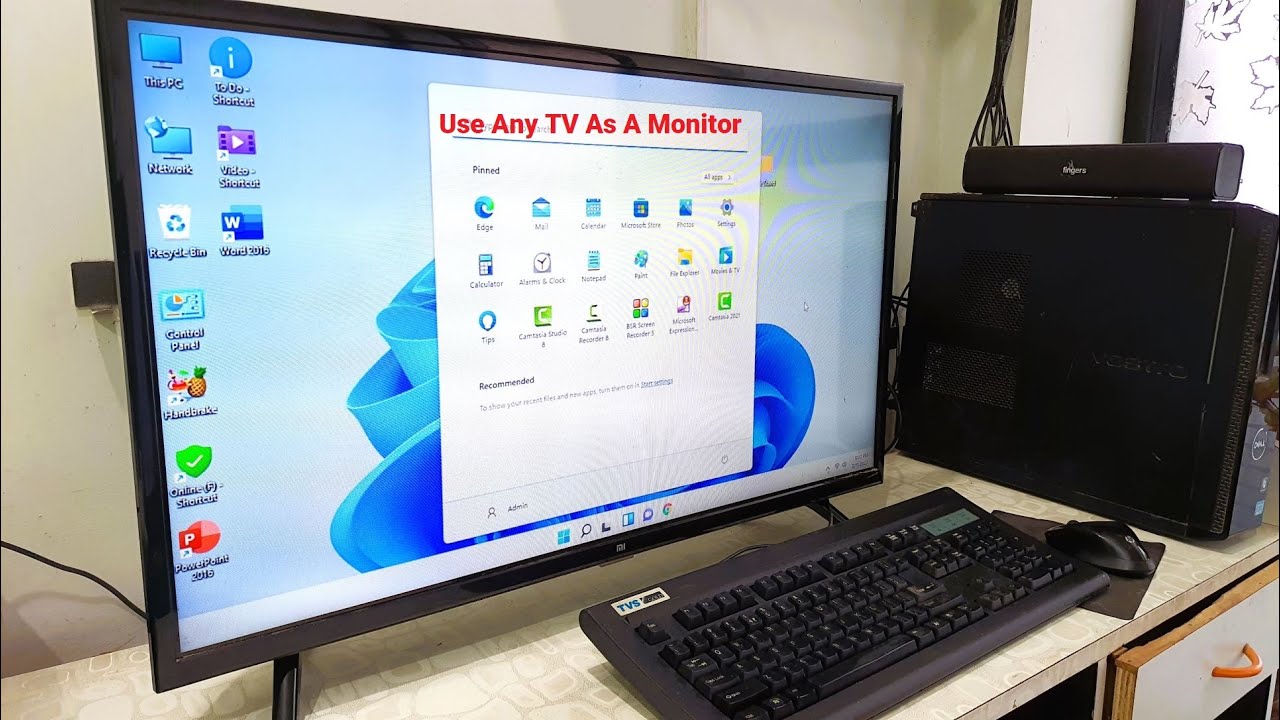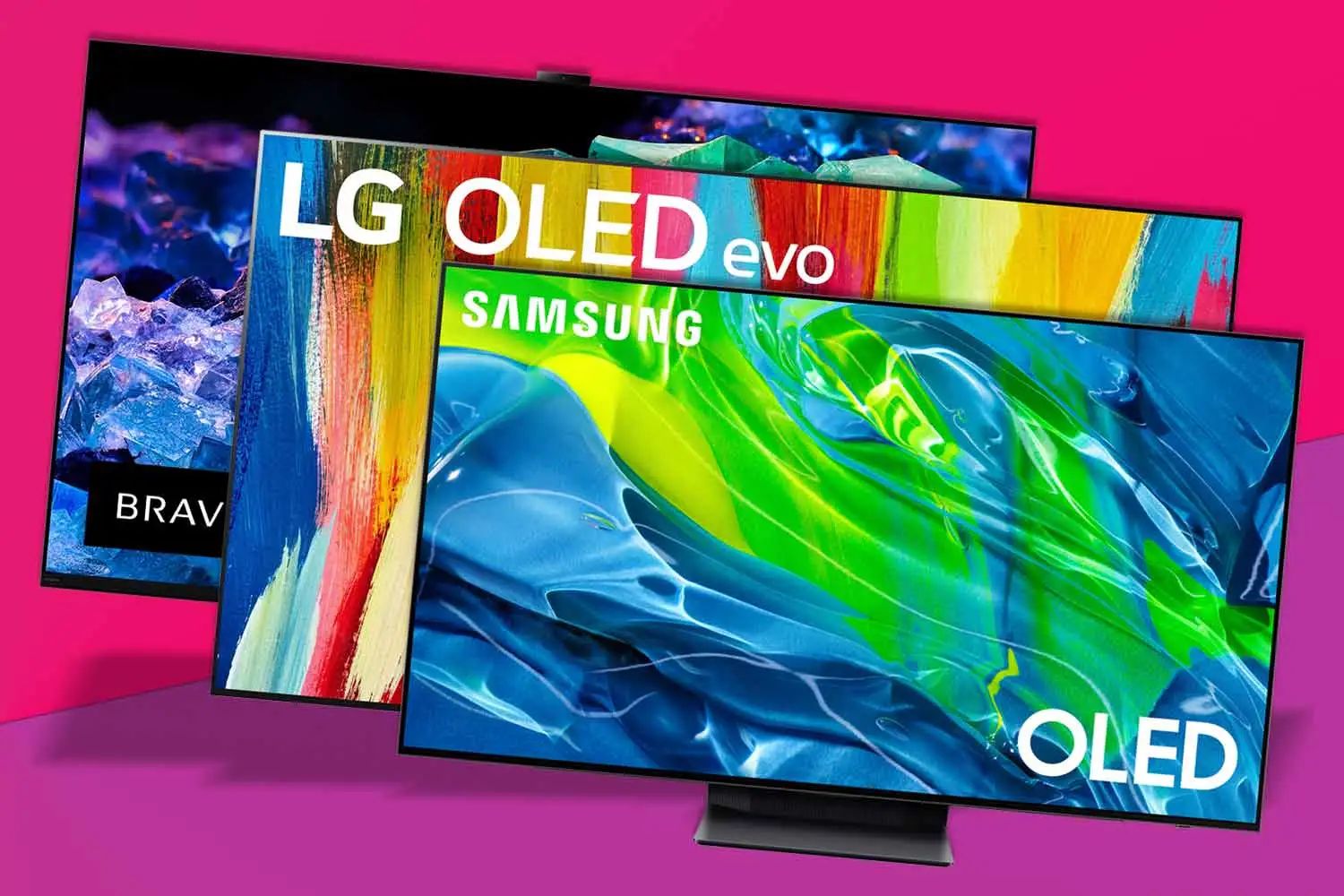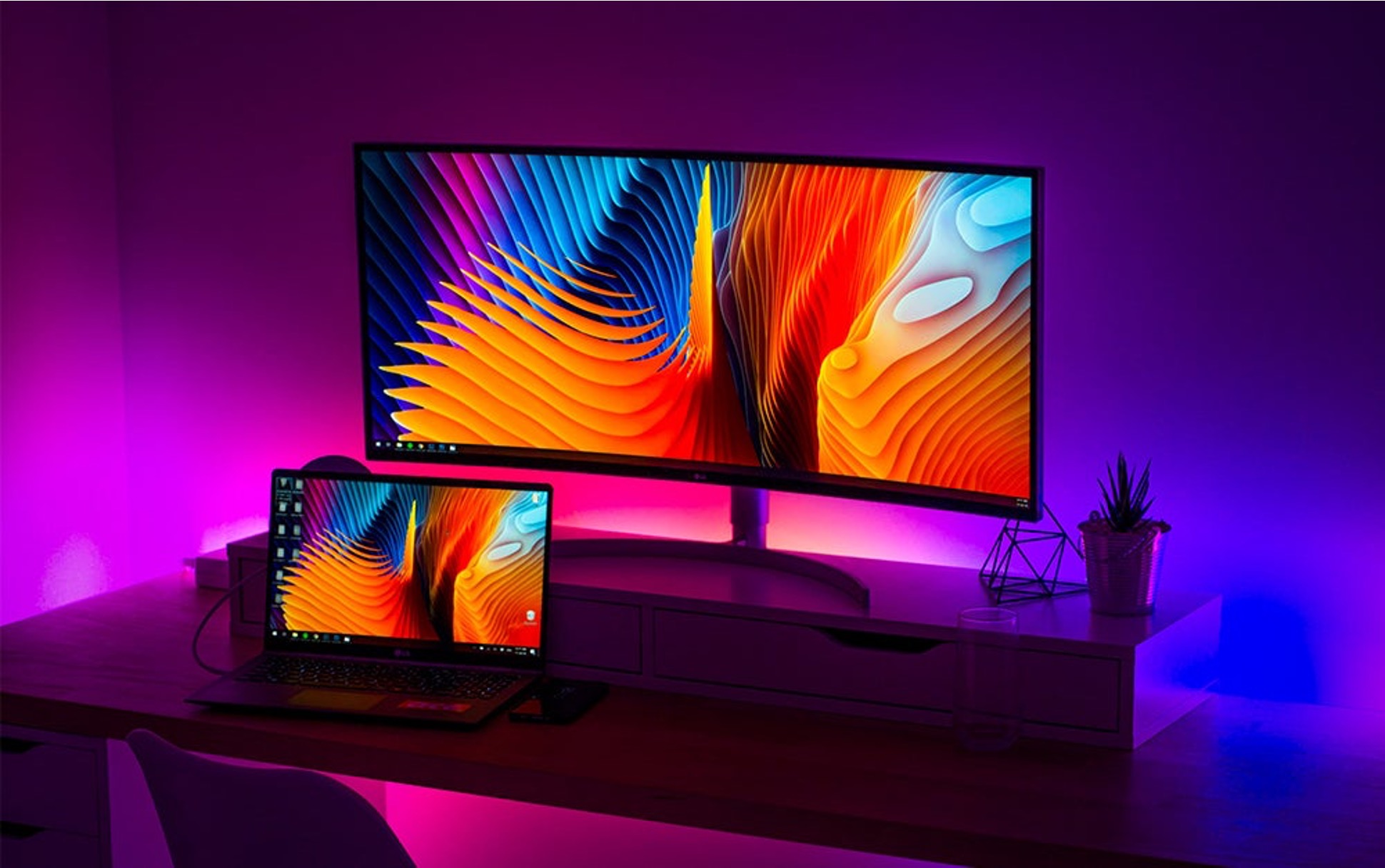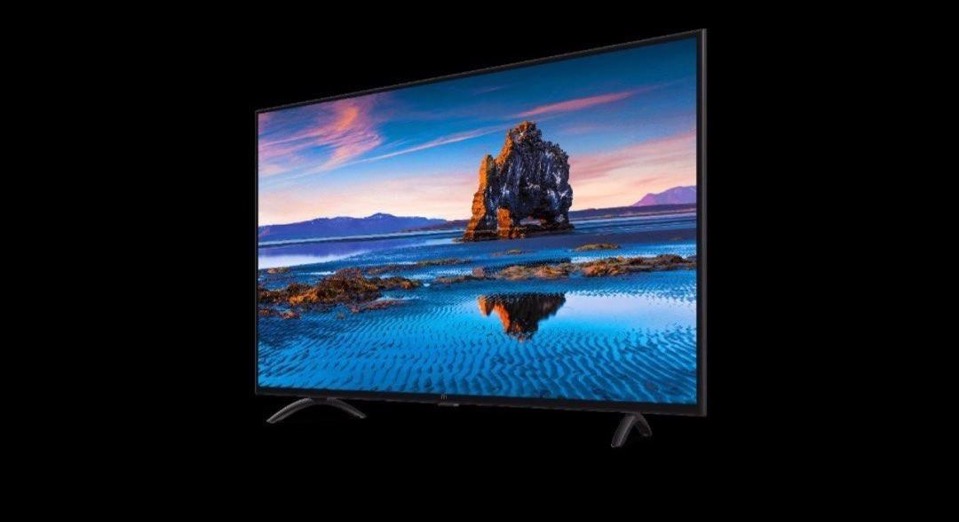What is Refresh Rate?
The refresh rate of an LED TV refers to the number of times the screen image is updated per second. It is measured in Hertz (Hz), and the higher the refresh rate, the smoother the motion on the screen appears. In simple terms, it determines how quickly the pixels on the screen can change color and brightness to display a new image.
Consider a traditional television with a refresh rate of 60Hz. This means that the screen images are updated 60 times per second. With a higher refresh rate, such as 120Hz or 240Hz, the screen images are updated more frequently, resulting in smoother and more fluid motion, especially during fast-paced scenes or action sequences.
Refresh rate plays a crucial role in gaming, sports, and other activities where smooth motion is essential. In these cases, a higher refresh rate can reduce motion blur and ensure a more immersive viewing experience. However, for regular TV watching or casual browsing, a higher refresh rate may not be as noticeable or necessary.
It’s important to note that the refresh rate is not the same as frame rate. While the refresh rate represents how quickly the screen image is updated, the frame rate refers to the number of individual images, or frames, per second in a video or animation. A higher frame rate, such as 60 frames per second (fps) or 120fps, can further enhance the smoothness and clarity of fast-moving visuals.
Now that we understand what refresh rate means, let’s explore the different types of refresh rates and their advantages and disadvantages in the next sections.
Understanding Refresh Rate in LED TVs
The refresh rate of an LED TV is a crucial aspect to consider when purchasing a new television. It determines the quality of motion displayed on the screen, making it an important factor for gamers, sports enthusiasts, and anyone who enjoys watching fast-paced action sequences.
When it comes to understanding refresh rate, it’s essential to differentiate between the actual refresh rate and the motion enhancement technologies used by manufacturers to create the illusion of a higher refresh rate.
The actual refresh rate represents the number of times the screen image updates per second and is measured in Hertz (Hz). A higher refresh rate, such as 120Hz or 240Hz, results in smoother and more fluid motion, especially during scenes with rapid movement. However, it’s important to note that the actual refresh rate is limited by the source content being displayed. If the content is at a lower frame rate, such as 24fps or 30fps, a higher refresh rate might not provide any significant benefits.
To enhance motion clarity, manufacturers often incorporate motion smoothing or motion interpolation technologies, such as MotionFlow or TruMotion, which create additional frames between the original frames to increase the perceived smoothness. These technologies can make lower frame rate content appear smoother, but they can also introduce artifacts or a soap opera effect, which some viewers find unnatural or distracting.
It’s worth mentioning that not all LED TVs are created equal when it comes to their refresh rate capabilities. Some lower-end models might have a native refresh rate of 60Hz but advertise a higher effective refresh rate through motion enhancement technologies.
Ultimately, when considering refresh rate in LED TVs, it’s essential to focus on the native refresh rate rather than the advertised effective refresh rate. Higher native refresh rates provide smoother motion and are ideal for gaming, sports, and action-packed content. However, for regular TV viewing or slower-paced movies, a 60Hz refresh rate is typically sufficient.
In the next section, we’ll explore the different types of refresh rates found in LED TVs and their advantages and disadvantages.
Different Types of Refresh Rate
When it comes to LED TVs, there are several types of refresh rates available in the market. Understanding the differences between these types can help you make an informed decision when purchasing a new television.
1. Standard Refresh Rate: The standard refresh rate refers to the native refresh rate of the TV, which is typically 60Hz for most LED TVs. This means that the screen image is updated 60 times per second. While this refresh rate is sufficient for regular TV watching, it may not be ideal for fast-paced action or gaming.
2. Motion Enhancement Refresh Rate: Many LED TVs come with motion enhancement technologies that can artificially enhance the refresh rate. These technologies, such as MotionFlow or TruMotion, create additional interpolated frames to make motion appear smoother. The advertised refresh rate in these cases is usually a higher number, such as 120Hz or 240Hz. However, it’s important to note that the actual native refresh rate remains the same, and the benefit of the higher advertised rate depends on the quality of the motion enhancement technology being used.
3. Gaming-Specific Refresh Rate: In recent years, gaming-focused TVs have become popular, offering higher native refresh rates specifically optimized for gaming. These gaming-specific refresh rates often reach 120Hz or even 144Hz, allowing for smoother gameplay and reduced motion blur. If you’re an avid gamer, investing in a TV with a higher gaming-specific refresh rate can significantly enhance your gaming experience.
4. Variable Refresh Rate (VRR): Variable Refresh Rate is a relatively new technology that syncs the refresh rate of the TV with the output frame rate of the content being displayed. This helps eliminate screen tearing and stuttering, resulting in smoother and more enjoyable visuals. VRR technologies like NVIDIA G-SYNC and AMD FreeSync are commonly found in higher-end gaming-focused LED TVs.
It’s important to note that the choice of refresh rate depends on your specific needs. If you primarily watch movies or regular TV programs, a standard refresh rate of 60Hz will suffice. However, if you enjoy fast-paced action, gaming, or want a more immersive viewing experience, consider investing in a TV with a higher native refresh rate or gaming-specific features.
In the following sections, we will explore the advantages and disadvantages of higher refresh rates and discuss other factors to consider when choosing the right refresh rate for your needs.
Advantages of Higher Refresh Rate
Opting for a higher refresh rate on your LED TV can bring several advantages, particularly in specific use cases and for certain individuals who value smooth motion and immersive visuals.
1. Smoother Motion: The primary advantage of a higher refresh rate is the ability to display smoother motion on the screen. With a refresh rate of 120Hz or 240Hz, fast-paced action sequences, sports events, and gaming visuals appear much more fluid and lifelike. This can greatly enhance the overall viewing experience for those who enjoy dynamic content.
2. Reduced Motion Blur: Higher refresh rates help reduce motion blur by decreasing the time between image updates. This is particularly important when watching fast-moving objects, as it helps maintain clarity and detail. By reducing motion blur, LED TVs with higher refresh rates can provide a more immersive and engaging experience, especially for action-driven content.
3. Enhanced Gaming Experience: Gamers can greatly benefit from higher refresh rates as it allows for smoother gameplay and improved responsiveness. The faster screen updates with a 120Hz or 144Hz refresh rate can provide a competitive edge by reducing input lag and motion blur, resulting in a more immersive and enjoyable gaming experience.
4. Action Scene Clarity: Action-packed movies and TV shows often involve intense movements and quick cuts. With a higher refresh rate, LED TVs can handle these rapid transitions more effectively, ensuring that viewers can catch all the details and enjoy a more detailed and immersive action scene experience.
5. Better Visual Quality for Sports: Sports enthusiasts can appreciate the benefits of a higher refresh rate when watching live events. It allows for smooth tracking of fast-moving objects, rendering precise details, and providing a more lifelike representation of the sport. This can enhance the enjoyment of watching sports and make viewers feel more connected to the excitement happening on the screen.
While the advantages of a higher refresh rate are clear, it’s important to consider other factors, such as the quality of the content being watched and the device or console connected to the TV. Not all content is produced at higher frame rates, and lower frame rate content may not fully utilize the benefits of a higher refresh rate. Additionally, some individuals may not perceive a substantial difference between refresh rates, making the investment less necessary for their specific viewing preferences.
In the next section, we’ll explore the potential disadvantages of higher refresh rates, so you can make a well-rounded decision when choosing the ideal refresh rate for your needs.
Disadvantages of Higher Refresh Rate
While higher refresh rates offer advantages in terms of smooth motion and enhanced visual quality, there are also some disadvantages to consider before opting for a TV with a higher refresh rate.
1. Increased Cost: LED TVs with higher refresh rates, such as 120Hz or 240Hz, are generally more expensive than those with standard 60Hz refresh rates. If you’re on a tight budget, investing in a TV with a higher refresh rate may not be practical or necessary, especially if you’re primarily using it for regular TV watching rather than gaming or fast-paced content.
2. Diminished Content Benefit: Not all content is produced at higher frame rates. While a higher refresh rate can improve the viewing experience for content that is produced at higher frame rates, lower frame rate content, such as movies shot at 24fps or TV shows at 30fps, may not benefit significantly from a higher refresh rate. In some cases, the motion enhancement technologies used to simulate a higher refresh rate may even introduce visual artifacts or the notorious “soap opera effect.”
3. Limited Source Compatibility: Some older devices or gaming consoles may not support higher refresh rates. If you plan to connect external devices to your TV, it’s important to ensure that they are compatible with the desired refresh rate. Otherwise, you may not be able to fully utilize the benefits of a higher refresh rate.
4. Potential Motion Artifacts: Motion interpolation technologies used to simulate higher refresh rates can sometimes introduce motion artifacts or judder. These artifacts can sometimes make the motion appear unnatural or artificial, disrupting the overall viewing experience. It’s important to test and adjust the settings of your TV to minimize any negative effects introduced by these motion enhancement technologies.
5. Energy Consumption: LED TVs with higher refresh rates tend to consume more energy compared to those with standard refresh rates. If energy efficiency is a concern for you, opting for a TV with a higher refresh rate may not be the most environmentally friendly choice.
Considering these disadvantages alongside the advantages can help you make an informed decision based on your specific viewing habits, preferences, and budget. It’s important to weigh the pros and cons to determine whether the benefits of a higher refresh rate justify the additional cost and potential drawbacks in your particular use case.
In the next section, we’ll explore other important factors to consider when choosing the right refresh rate for your LED TV.
Factors to Consider When Choosing Refresh Rate
When selecting the ideal refresh rate for your LED TV, there are several important factors to consider. These factors can help you determine the best refresh rate based on your viewing preferences, content consumption, and budget.
1. Content Types: Consider the type of content you primarily watch. If you mainly watch movies, TV shows, or slower-paced content, a standard 60Hz refresh rate may be sufficient. However, if you frequently indulge in gaming, sports, or action-packed movies, a higher refresh rate could significantly improve the viewing experience.
2. Budget: Higher refresh rates typically accompany a higher price tag. Consider your budget and whether investing in a TV with a higher refresh rate is feasible. If cost is a limiting factor, you may choose to prioritize other features or opt for a lower refresh rate that still meets your needs.
3. Gaming Needs: If you’re an avid gamer, a higher refresh rate can provide a smoother and more responsive gaming experience. Look for TVs with gaming-specific features, such as a high native refresh rate or variable refresh rate (VRR) technologies like NVIDIA G-SYNC or AMD FreeSync.
4. Source Compatibility: Ensure that the devices or gaming consoles you plan to connect to your TV support the desired refresh rate. This will ensure that you can fully utilize the benefits of a higher refresh rate without any compatibility issues.
5. Motion Preference: Consider your personal preference when it comes to motion. Some individuals may not notice a substantial difference between various refresh rates, while others may be more sensitive to motion blur or prefer a smoother viewing experience.
6. Display Size: The size of your TV can also impact the perceived benefits of a higher refresh rate. On larger screens, such as those above 55 inches, the difference in smoothness and motion clarity between a standard refresh rate and a higher refresh rate may be more noticeable.
7. Testing and Calibration: It’s important to test and calibrate your TV settings to minimize any negative effects introduced by motion enhancement technologies. Adjusting motion interpolation settings and finding the right balance can help reduce artifacts and make the motion appear more natural.
By considering these factors, you can make an informed decision when choosing the refresh rate for your LED TV. Remember, there is no one-size-fits-all solution, and the ideal refresh rate will vary depending on individual preferences and viewing habits.
In the next section, we’ll discuss the recommended refresh rates for different types of uses, helping you determine the best refresh rate for your specific needs.
Best Refresh Rate for Different Uses
Choosing the best refresh rate for your LED TV depends on the specific uses and content you plan to watch. Here are some recommendations for different scenarios:
1. Regular TV Viewing: For general TV watching and slower-paced content, a standard 60Hz refresh rate is typically sufficient. Most broadcast television and streaming platforms deliver content at 24fps or 30fps, making a higher refresh rate unnecessary for this type of viewing.
2. Movies and Films: Movies are commonly filmed at 24 frames per second (fps), which aligns with the native refresh rate of most LED TVs. For an authentic cinematic experience, it is recommended to watch movies at their native frame rate without motion enhancement technologies enabled.
3. Gaming: If you’re a gamer, a higher refresh rate can greatly enhance your gaming experience. Look for TVs with gaming-specific features, such as a 120Hz or 144Hz refresh rate, to ensure smoother gameplay, reduced motion blur, and improved responsiveness. Additionally, consider TVs with variable refresh rate (VRR) technologies like NVIDIA G-SYNC or AMD FreeSync for tear-free gaming visuals.
4. Sports and Live Events: Sports enthusiasts benefit from a higher refresh rate to capture the fast-paced action with greater clarity. Look for TVs with at least a 120Hz refresh rate to ensure smoother motion tracking and reduced blur during live sporting events.
5. Action-Packed Content: Movies or TV shows with a lot of fast-paced action sequences can benefit from a higher refresh rate. With a higher refresh rate, such as 120Hz or 240Hz, these scenes appear smoother and more detailed, enhancing the overall viewing experience.
6. Graphics and Animation: If you frequently consume graphics-intensive content or animation, a higher refresh rate can improve the clarity and fluidity of the visuals. Look for TVs with a higher native refresh rate to ensure that these types of content are displayed with optimal smoothness and detail.
Remember, the best refresh rate for your specific use case depends on personal preferences and the content you consume. It’s essential to consider factors such as budget, source compatibility, and the size of your TV when making a decision.
In the next section, we’ll explore how to change the refresh rate on your LED TV and provide some tips for adjusting settings to optimize your viewing experience.
How to Change Refresh Rate on LED TV
Changing the refresh rate on your LED TV can vary depending on the specific model and brand. Here are some general steps to help you adjust the refresh rate:
- Access the Settings Menu: Use your TV remote to navigate to the settings menu. This can often be done by pressing the “Menu” or “Settings” button on the remote control.
- Find the Display Settings: Look for the display or picture settings option in the settings menu. It may be labeled as “Display,” “Picture,” or “Video Settings.”
- Locate Refresh Rate Settings: Within the display or picture settings, search for the refresh rate option. It may be listed as “Refresh Rate,” “Motion Rate,” or something similar.
- Select the Desired Refresh Rate: Once you’ve found the refresh rate settings, you should see a list of available options. Choose the refresh rate that best suits your needs, such as 60Hz, 120Hz, or 240Hz. Keep in mind that the available options may vary depending on your TV model.
- Save and Apply Changes: After selecting the desired refresh rate, navigate to the option to save or apply the changes. This ensures that the new refresh rate setting is applied to your LED TV.
It’s important to note that not all LED TVs allow you to change the refresh rate. Some TVs have a fixed refresh rate that cannot be adjusted manually. In such cases, the TV’s refresh rate is typically set based on the native specifications of the display panel.
If you’re unsure about whether your TV supports refresh rate adjustment or how to change it, consult the user manual or visit the manufacturer’s website for specific instructions related to your TV model.
Once you have changed the refresh rate, you may want to experiment with other picture settings, such as brightness, contrast, and motion settings, to optimize your viewing experience based on your personal preferences.
By adjusting the refresh rate and fine-tuning other settings, you can ensure that your LED TV delivers the best possible visual performance for your specific needs.
In the next section, we’ll conclude the article by summarizing the key points we’ve discussed and providing some closing thoughts.
Conclusion
Choosing the right refresh rate for your LED TV is an important decision that can significantly impact your viewing experience. Understanding the concept of refresh rate, the different types available, and their advantages and disadvantages can help you make an informed choice.
For regular TV viewing and slower-paced content, a standard 60Hz refresh rate is typically sufficient. However, if you engage in gaming, sports, or enjoy action-packed movies, investing in a TV with a higher native refresh rate or gaming-specific features can greatly enhance your visual experience.
- Consider the content you primarily watch and how it aligns with refresh rates. Movies, sports, and gaming may benefit from higher refresh rates, while slower-paced content may not see significant improvements.
- Factor in your budget and determine if the added cost of a higher refresh rate is justifiable for your specific needs and preferences.
- Ensure compatibility between your external devices or gaming consoles and the desired refresh rate to take full advantage of the benefits.
- Be mindful of potential drawbacks, such as increased cost, limited content benefit, and potential motion artifacts that may accompany higher refresh rates.
Remember to explore and adjust other picture settings, including motion settings and calibration, to optimize your overall viewing experience along with the refresh rate adjustment.
By considering these factors and determining the best refresh rate for your specific usage patterns, you can select an LED TV that provides you with the desired level of smoothness, motion clarity, and immersion.
Lastly, consult the user manual or reach out to the manufacturer for specific instructions on how to change the refresh rate on your particular TV model.
We hope this guide has provided you with valuable insights and guidance when it comes to understanding and selecting the appropriate refresh rate for your LED TV.







